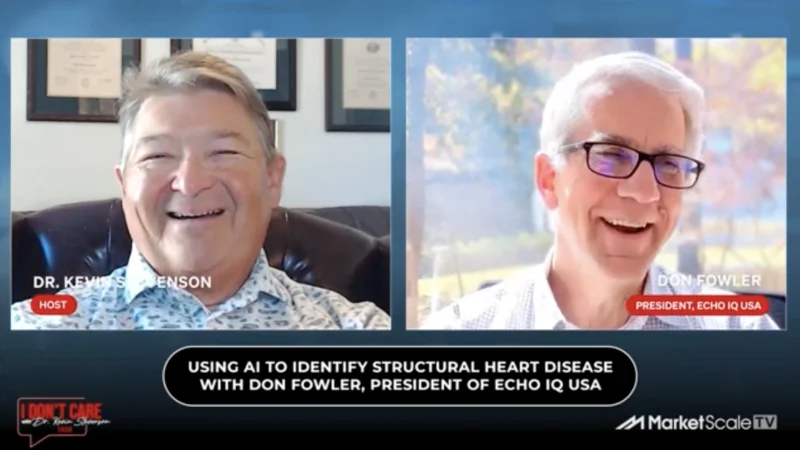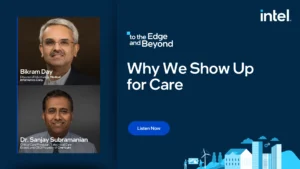Champions of Care: The Lasting Impacts of the Pandemic on Healthcare
A complex healthcare system already full of challenges didn’t need a pandemic to come along and challenge it further, but it did.
Terry Zysk, CEO of LiveProcess, discussed those challenges and how the coordination of care in a hospital setting and management of various levels of staff, resources and supplies have changed since the start of the pandemic a year ago.
Zysk believes operation challenges in healthcare are not new results from the pandemic. They’ve existed for a long time, and all that COVID did was highlight those issues.
“I think there were quite a few unpredictable portions of the situation,” Zysk said. “And those came from treating an illness that we really didn’t understand.”
The duration of this peak demand for healthcare also left the United States’ healthcare system unprepared.
While the healthcare system did adapt to the pandemic, weaknesses in the way the U.S. structures healthcare became obvious.
“Proactive, structured approaches are more necessary now than ever before,” Zysk said. “While an individual organization might be capable of setting that up, it’s really something that needs to be done at the system level with each of the individual institutions and portions of the institution benefiting from a top-down and distributed model that can co-exist and operate together.”
Today, there are tools in place for individual healthcare systems to deal with COVID-19 and various situations caused by the pandemic. Still, the real issue, according to Zysk, is visibility from the enterprise side. Healthcare systems aren’t systemically communicating with one another, which reduces the ability to take advantage of resources, supplies, best practices and even beds to accommodate the shifts in demand.
“Instead of operating as a self-contained unit within a department or within the four walls of a hospital, healthcare systems need to operate more like a network of systems that can share their capacity, so you can effectively adapt and dynamically adjust to changes in demand,” Zysk said.
Follow us on social media for the latest updates in B2B!
Twitter – @MarketScale
Facebook – facebook.com/marketscale
LinkedIn – linkedin.com/company/marketscale








